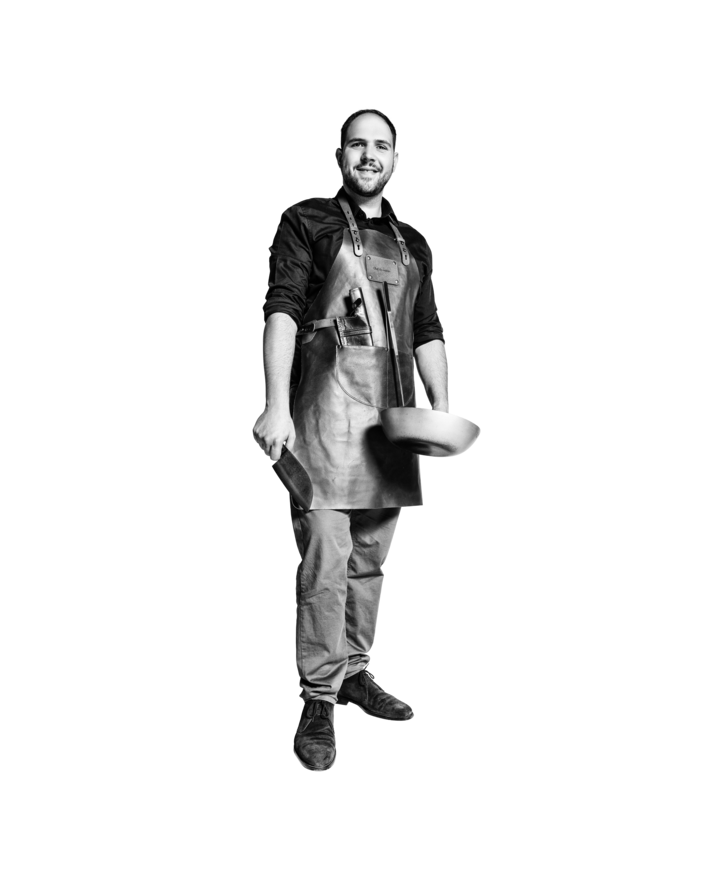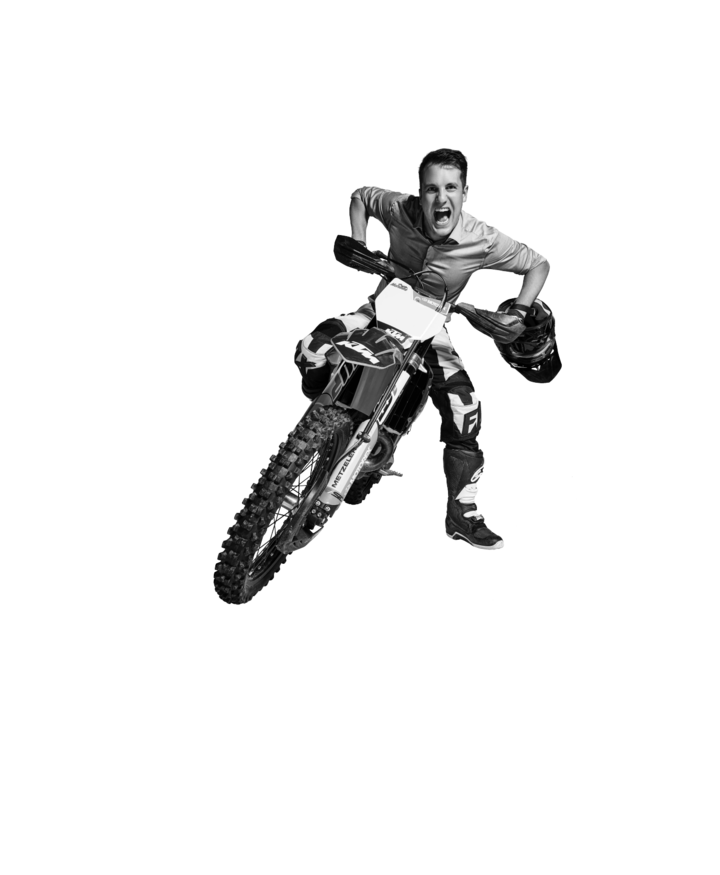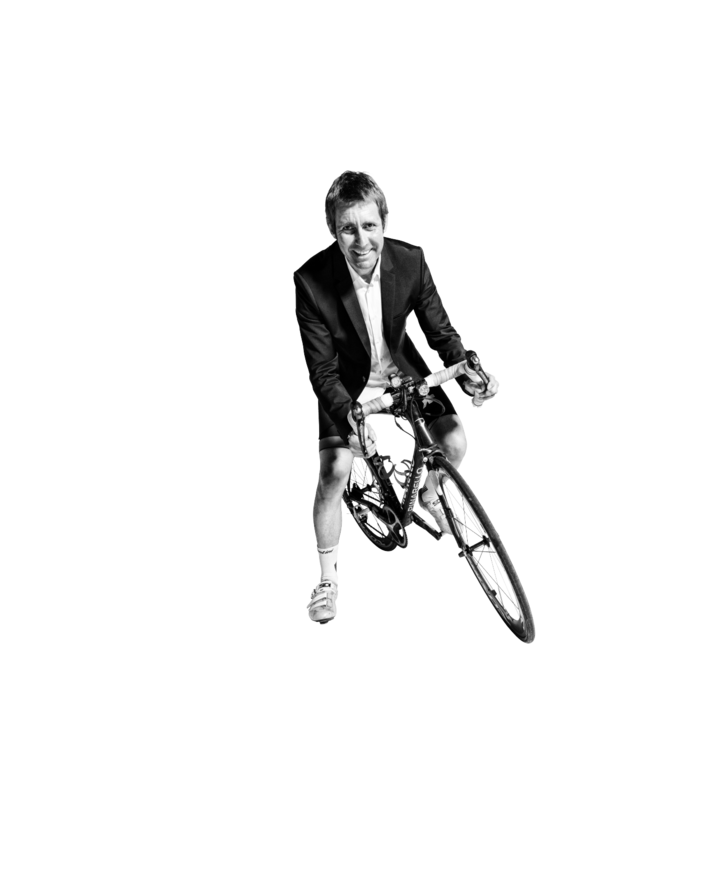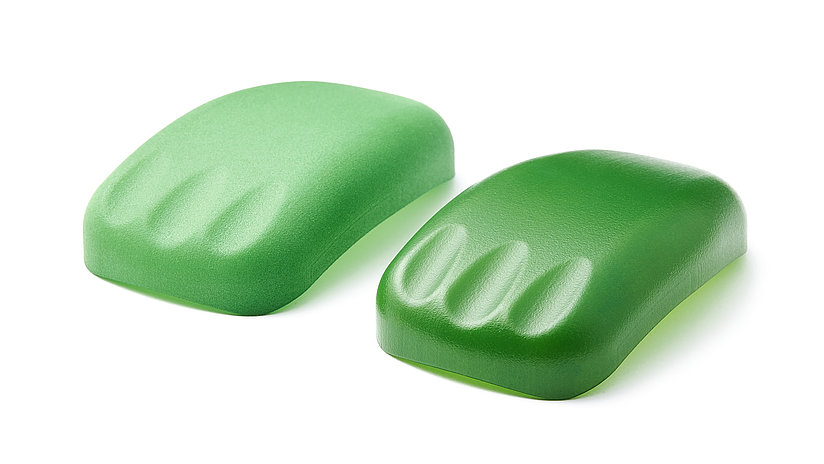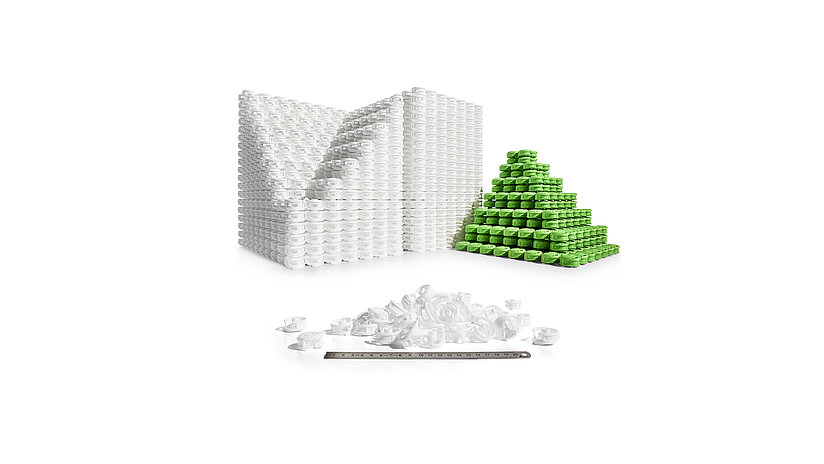Prototype, master model, series production part in 3D printing – the 1zu1 customer promise. As a service provider, we use a wide variety of methods to achieve the ideal result for your idea. If we talk about the most common processes, then at the moment these are selective laser sintering and stereolithography with its diverse material options.
This is the layer-by-layer material structure used to create the components. The basis for this is the provision of geometries based on 3D CAD or STL data. The complex procedures have advantages and disadvantages. Depending on the chosen method and material, the resulting models will be suitable for different applications. For the duplication of master models, subsequent casting processes are often used for plastic parts.
With additive manufacturing, we at 1zu1 can offer tool-less manufacturing, starting with the production of one unit up to the manufacture of several tens of thousands of units, i.e. series production. Additive manufacturing thus “flexes its muscles” where traditional manufacturing reaches its limits. It allows a function-oriented design process and enables the delivery of precise serial parts in 3-5 working days.
Processes, materials and their advantages
| Materials | Advantages |
| PA12 (PA2200, polyamide) |
|
| PA12GB (PA3200GF, glass reinforced polyamide) |
|
| PA12FR (PA2210FR, polyamide flame retardant) |
|
| PA12CF (PA 603-CF, polyamide with carbon fiber) |
|
| Materials | Advantages |
| PA11 (PA1101 - polyamide) |
|
| Material | Advantages |
| Rubber |
|
| TPU |
|
| Materials | Advantages |
| Accura® Xtreme |
|
| Accura® 25 |
|
| DSM Somos® WaterClear Ultra |
|
| DSM Somos® ProtoTherm |
|
| DSM Somos® Taurus |
|
![[Translate to English:] Selective Laser Sintering (SLS)](/fileadmin/_processed_/e/c/csm_1zu1-Ameise-Header_b3d4651210.jpg)
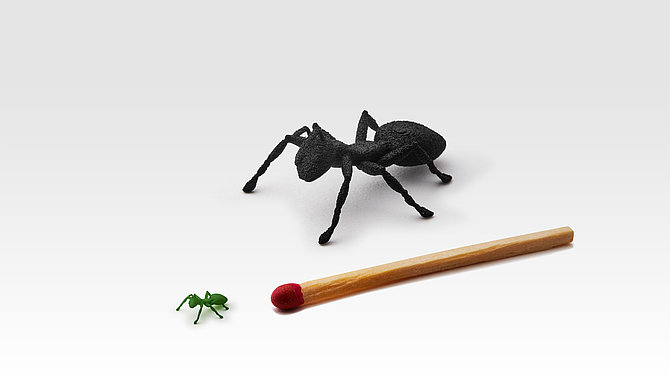
![[Translate to English:] Selective Laser Sintering flexible (SLS)](/fileadmin/_processed_/c/5/csm_20230607_DAT_0001_Original_5d31893bd8.jpg)
![[Translate to English:] Stereolithography (STL/SLA)](/fileadmin/_processed_/a/5/csm_1zu1-STL-Duese-prozess_2ff0afbb81.jpg)
